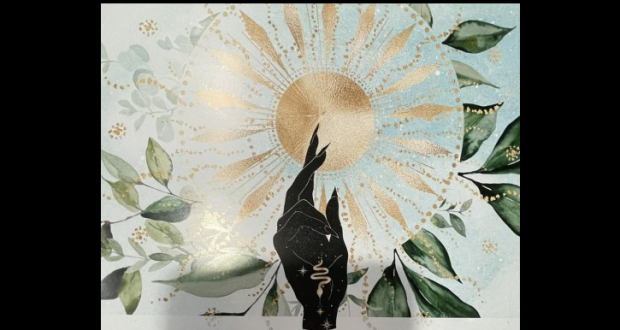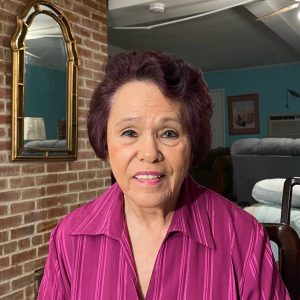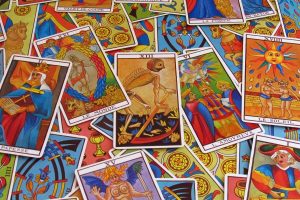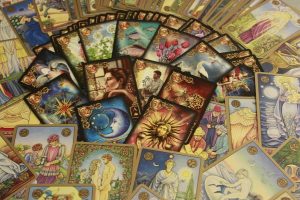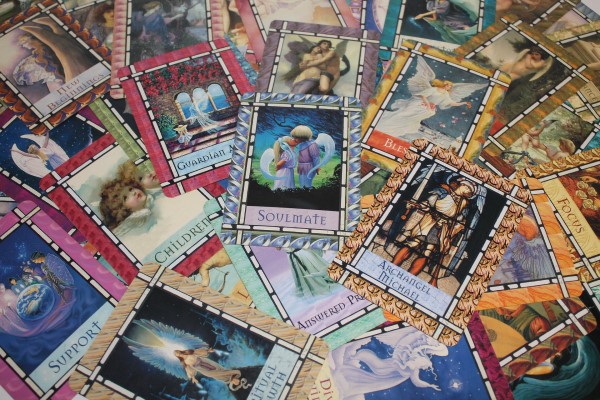OAKHURST — You may already know this, but a psychic faire is coming to the Oakhurst Community Center. Now you can have your palms and tarot cards read, your aura photographed, or you can just do some shopping at the mystical bazaar. It’s going to be a great time, so we’ll see you there!
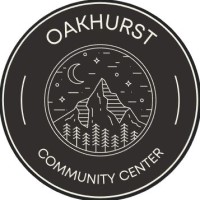 Dates & Times: Saturday, April 29, & Sunday, April 30, 2023, from 11 a.m to 6:30 p.m.
Dates & Times: Saturday, April 29, & Sunday, April 30, 2023, from 11 a.m to 6:30 p.m.
Attending the psychic faire will be:
- Healers
- Aura Photographers
- Palm Readers
- Tarot Card Readers
- Various vendors selling crystals, jewelry, candles, and much, much more!
For more information, please contact Sandy Sullivan via e-mail at fairecoordinator@gmail.com or by calling 408-656-6445.
To register, please click here.
A Brief History of Tarot Cards
The history of tarot cards is a fascinating one that spans many centuries and cultures. These enigmatic cards have been used for everything from gambling to divination, and their enduring popularity continues to inspire fascination and speculation.
The earliest known tarot cards were produced in Northern Italy during the 15th century, and were used primarily for playing games. These early tarot decks were very different from the ones we know today, as they typically contained only 16 cards, divided into four suits: Swords, Cups, Coins, and Batons. Each suit contained 10 numbered cards and four court cards, much like a standard deck of playing cards.
Over time, however, the tarot began to take on a more mystical significance. One of the earliest references to the use of tarot cards for divination comes from a 1540 treatise by the Italian mathematician and astrologer Girolamo Cardano. In this treatise, Cardano describes a method for using tarot cards to predict the future, based on the card’s position and the question asked.
During the 18th and 19th centuries, the popularity of the occult and spiritualism led to a renewed interest in the tarot. Many individuals began using the cards for divinatory purposes, and a number of new tarot decks were created to meet this demand.
One of the most famous of these new decks was the Tarot de Marseille, which was first published in France in the late 18th century. This deck featured elaborate, detailed illustrations, and quickly became one of the most popular tarot decks in Europe. Another influential deck was the Rider-Waite deck, which was created by the British occultist Arthur Edward Waite and artist Pamela Colman Smith in 1909. This deck featured simple, easy-to-understand illustrations that made it accessible to a wider audience.
Today, there are hundreds of different tarot decks available, each with its own unique style and symbolism. Despite this diversity, most tarot decks still follow the basic structure established by the Tarot de Marseille and the Rider-Waite deck, with 78 cards divided into two main groups: the Major Arcana and the Minor Arcana.
The Major Arcana consists of 22 cards, each of which represents a different archetype or aspect of the human experience. These cards include the Fool, the Magician, the High Priestess, the Empress, the Emperor, the Hierophant, the Lovers, the Chariot, Strength, the Hermit, the Wheel of Fortune, Justice, the Hanged Man, Death, Temperance, the Devil, the Tower, the Star, the Moon, the Sun, Judgment, and the World.
The Minor Arcana, on the other hand, consists of 56 cards divided into four suits: Swords, Cups, Wands, and Pentacles. Each suit contains 10 numbered cards and four court cards (Page, Knight, Queen, and King), and represents a different element or aspect of life.
Despite the widespread use of tarot cards for divination and spiritual insight, the history of these curious cards has been marked by controversy and misunderstanding. In many cultures, tarot cards have been associated with the occult and viewed as a tool for evil or demonic purposes. However, in reality, tarot cards are simply a tool for self-reflection and insight, capable of revealing the deeper truths and mysteries of the human experience.
Oakhurst Community Center
39800 Fresno Flats Road
Oakhurst, CA 93644
559-683-2290
Want to learn how to read palms? Check out this short video!

